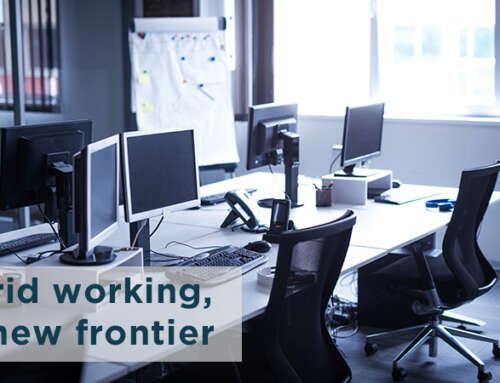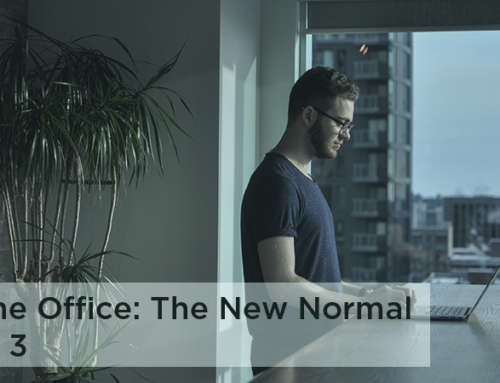Soft couch cushions and a cute vintage chair here. Dim lighting and blackout curtains there. Ah, there’s nothing like the comforts of home.
Except during a pandemic.
Across the nation, new work-from-home and distance learning routines amid the COVID-19 outbreak have many people — and their strained necks, backs, and eyes — wishing they could trade those home comforts for the comforts of the office.
From flexible working hours to better work-life balance, the benefits of remote work for employees are numerous. Companies can also benefit from a more engaged and productive workforce and reduced costs. But the shift to remote work doesn’t come without potential pitfalls, including the risk of an increase in ergonomic injuries
Many people are struggling to make their home environments work as offices, but don’t know how to do that effectively.
The often ergonomically incorrect environments are contributing to neck, lower back and leg pain, and to the development of work-related musculoskeletal disorders and potentially cumulative trauma disorders. These painful injuries can lead to long-term disabilities for workers and affect businesses by increasing workers’ compensation claims, reducing productivity and impacting the quality of work.
Help Employees Set Up An Ergonomically Correct Workstation
In the first weeks of the pandemic, many employers and employees expected the shift to remote work to be temporary. Now, with no definite end in sight, even for those wanting to return to their office-based desks, ad-hoc arrangements made at the start of the pandemic are no longer sufficient.
Whether companies are planning a full return to the office or extending their remote-work policies, employers should consider how to help their people reduce the risk of injuries, both ergonomic and otherwise.
While providing guidance about setting the right workstation is an essential start, employers should keep in mind that many employees may not have the right equipment to create an adequate workspace and may be reluctant, or unable, to make the financial investment themselves.
Focus on Education
Every home is different, and thus there is no uniform solution. However, employers can collaborate with ergonomic experts to create a set of guidelines and best practices to help employees modify their work environment according to their needs and resources, whether they are working from a private office, a co-working space or the kitchen table.
Special attention should be given to proper posture, and employers can use illustrations and images to communicate positions that decrease the risk of ergonomic pain. Web-based training can provide employees guidance about ergonomics and safety issues they are likely to encounter while working remotely.
Crucially, employers should communicate the importance of taking regular short breaks. With no commute, many employees are working longer hours and often forego a proper break. But there are benefits in standing up and stretching muscles, even if it requires setting a timer as a reminder to do so. While employers cannot force their people to take a break, they should regularly communicate the importance of doing so to let their employees know this is not only allowed, but recommended.
Now’s the Time to Review Your Ergonomics Program
Senior leaders, especially those planning to bring at least part of their workforce back to the office, should not stop at reviewing the needs of their remote employees. They should take the opportunity to review their entire ergonomics program, identify gaps and create an action plan to address them.
The past 2 years have shown how quickly the world may need to revert to a remote working model. Even when the COVID-19 pandemic is over, employers need to be prepared for the next crisis that may require their people to work from home. Now is the time to look back at what worked and the challenges that need to be addressed, before a remote working plan needs to be implemented.










Leave A Comment
You must be logged in to post a comment.